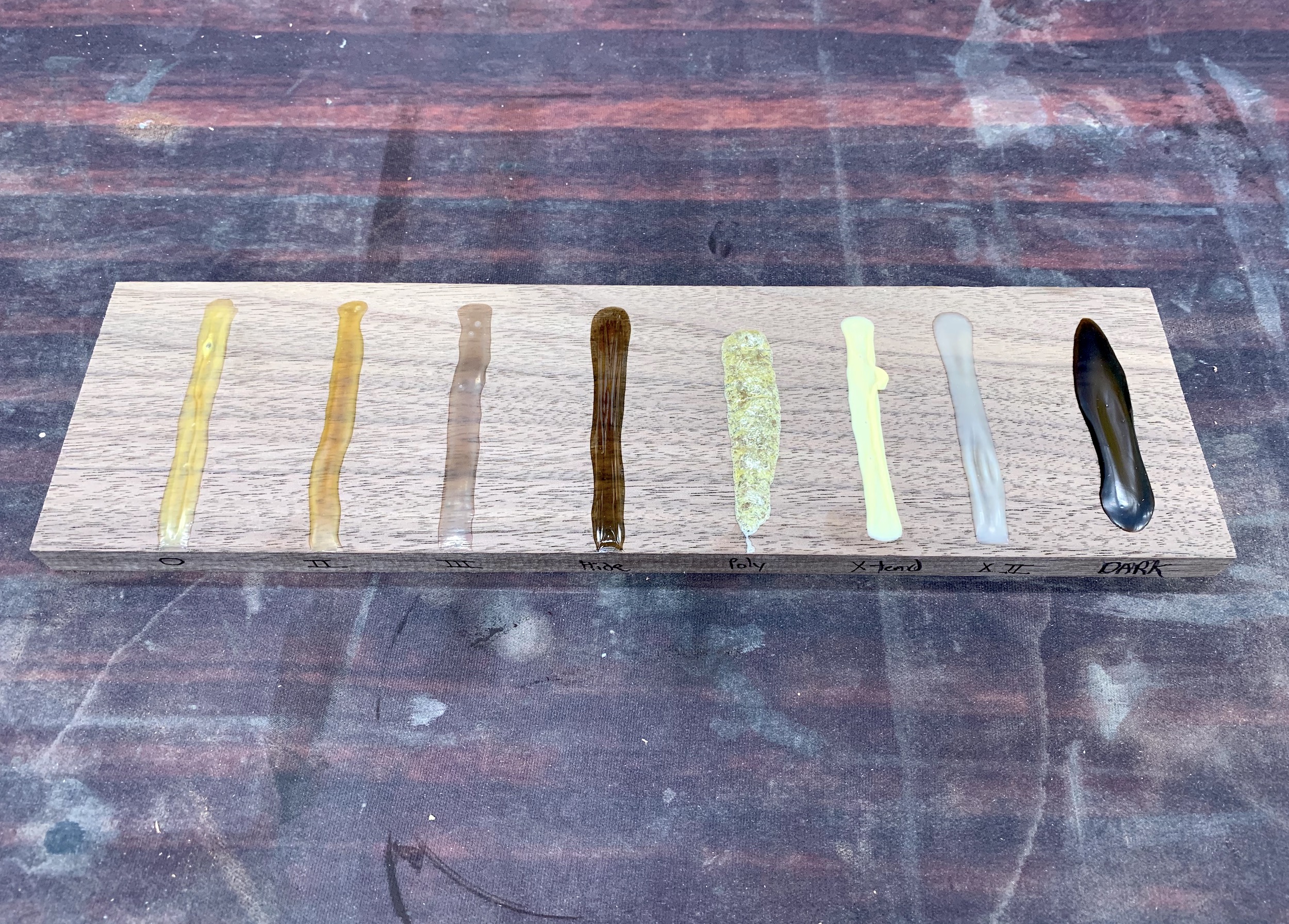This is a quick look at the construction of my No Fence Miter Station. If you’d like detailed plans and a full set of videos, head over to the Guild.
For years, people have been asking to see my take on a miter station. I never thought it would hold much interest because my idea of the perfect miter station is really just a couple banks of cabinets with a saw between them. After getting my Denver shop in order, I decided it was time to embark on this build. And even though I felt it might be a somewhat uninteresting design, I really needed the storage and additional work support. And so enters the Wood Whisperer “No Fence Miter Station”.
Why no fence?
First off, this isn’t a revolutionary concept that I invented but it’s something I thought long and hard about and became confident in my choice through years of using a miter saw with nothing but the stock fence. In the end I think a fence does more harm than good. Allow me to explain and bust a few myths.
1 – An additional fence makes a more accurate cut.
In reality, the only reference surface that matters is the one that came with the saw. By placing a long fence on either side of the saw, we actually create a liability since fences eventually need calibration. If the fence sticks out or the saw shifts back, the fence will be in the way. Many people combat this by installing their fence extensions just slightly behind the stock fence. This means the workpiece no longer makes contact with the fence and the fence is much less likely to get in the way. But if the workpiece never touches the fence, I’m left wondering “what’s the point?!” A final thought has to do with bowed workpieces. Even a slightly bowed piece registering off a long fence will result in an out of square cut at the blade.
2 – A fence gives me something on which to place a stop.
As does a simple t-track. Some might argue that a flat t-track collects dust, and it does, but since when is that a problem? My table saw and router table also have miter slots that collect dust and I somehow get by. After using this saw for over a year now, I can honestly say that sawdust in the t-track has never been an issue. The dust is either pushed out of the way by the bolt in the stop or it gets cleaned up during regular shop vacuuming.
3 – A fence prevents me from piling stuff on the bench.
This is obviously a matter of knowing your habits and your level of cleanliness. I agree that a fence would make it harder to pile stuff on the bench. But if you’re the kind of person that tends to fill up any horizontal surface in your shop, I’m going to guess that you’ll simply pile the bigger things behind the fence and smaller things in front of the fence.
So if you’re building a miter station and you’re a typical small shop woodworker, there’s really no reason to include a fence. But if you do specialized work that absolutely requires one or perhaps you just like the way they look, all the power to you. And if you like the idea of putting some small storage cubbies behind the fence that’s cool too, though I argue you could still put those cubbies there without a fence. But hey, it’s your shop and you can do whatever the heck you want.
The post No Fence Miter Station appeared first on The Wood Whisperer.
from The Wood Whisperer https://ift.tt/2AhIrE9
via
IFTTT






















